The daily grind of family life can be chaotic, especially when it involves squeezing kids into cars. For years, I resisted the allure of larger vehicles, clinging to the notion that sedans were enough. However, a week spent with the 2023 Chevrolet Traverse Rs challenged this stubbornness and opened my eyes to the practical appeal of a modern SUV. Could this three-row SUV be the answer to the everyday challenges of family transportation? This review dives into the details of the Traverse RS to see if it lives up to the hype and if it might just convert even the most ardent SUV skeptics.
Before experiencing the Traverse RS firsthand, the idea of driving a large SUV was uninspiring. That perception shifted the moment I realized the sheer convenience it offered. Reaching the car seat anchors, a common struggle in smaller cars, became effortless. Simply walking between the second-row captain’s chairs to tighten the straps was a revelation. This simple act highlighted a crucial advantage: the Traverse RS is designed with family practicality in mind. It was a moment of realization – perhaps SUVs weren’t so bad after all.
Driving the Traverse RS evoked a sense of responsible adulthood. It felt like embracing the role of a parent, prioritizing practicality and ease of use over outdated notions of automotive coolness. Surprisingly, this sense of responsibility was accompanied by a genuine sense of enjoyment.
2023 Chevrolet Traverse RS: Key Specifications
| Feature | Specification |
|---|---|
| Base Price (as tested) | $48,440 ($50,385) |
| Powertrain | 3.6-liter V6 |
| Horsepower | 310 hp @ 6,800 rpm |
| Torque | 266 lb-ft @ 2,800-3,500 rpm |
| 0-60 mph | 6.9 seconds |
| Curb Weight | 4,602 pounds |
| Cargo Volume | 23 cu ft (behind 3rd row) / 57.8 cu ft (behind 2nd row) |
| EPA Fuel Economy | 17 mpg city / 25 mpg highway / 20 mpg combined |
| Verdict | A practical family SUV that excels in usability. |
| Score | 8/10 |
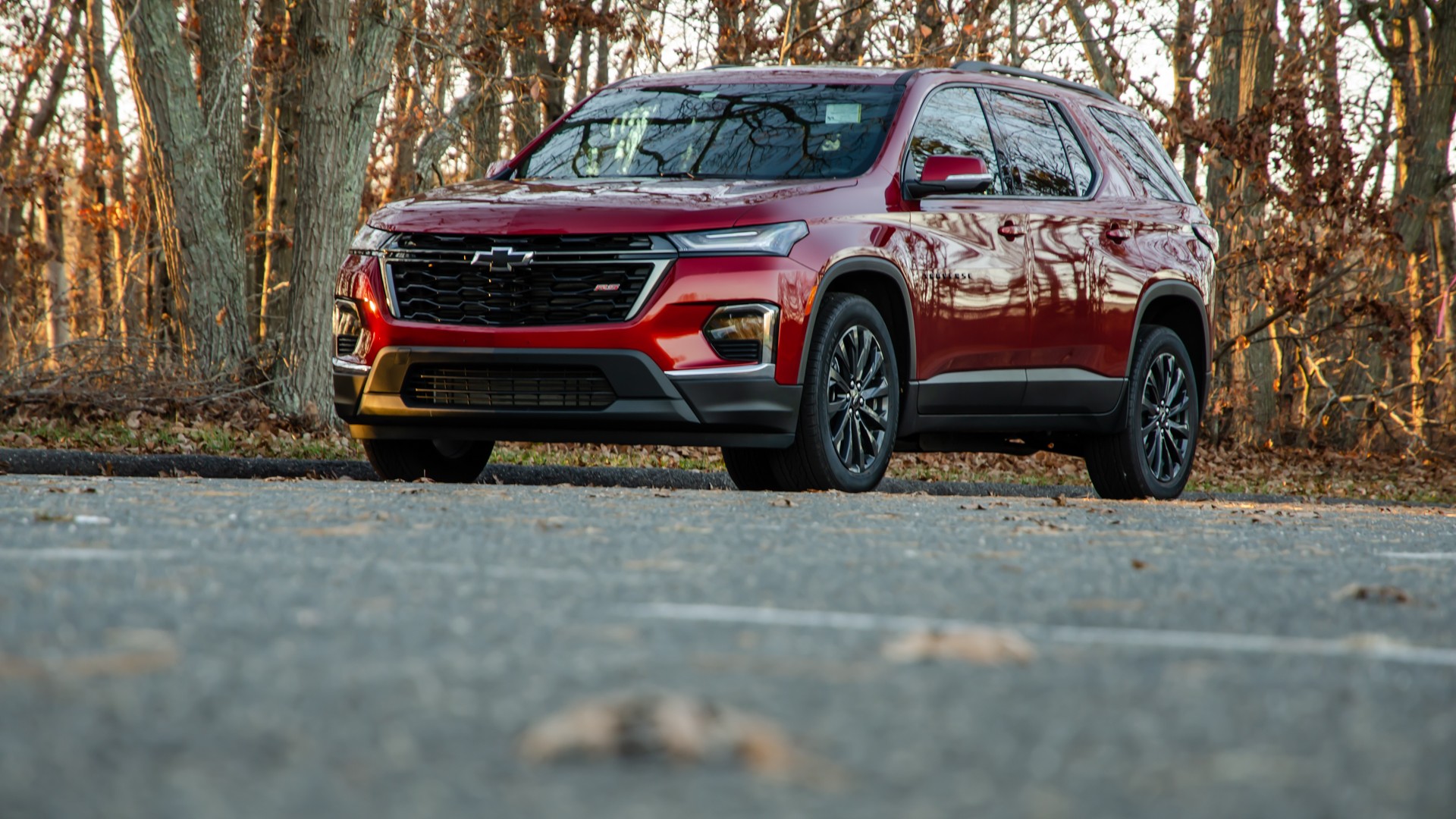
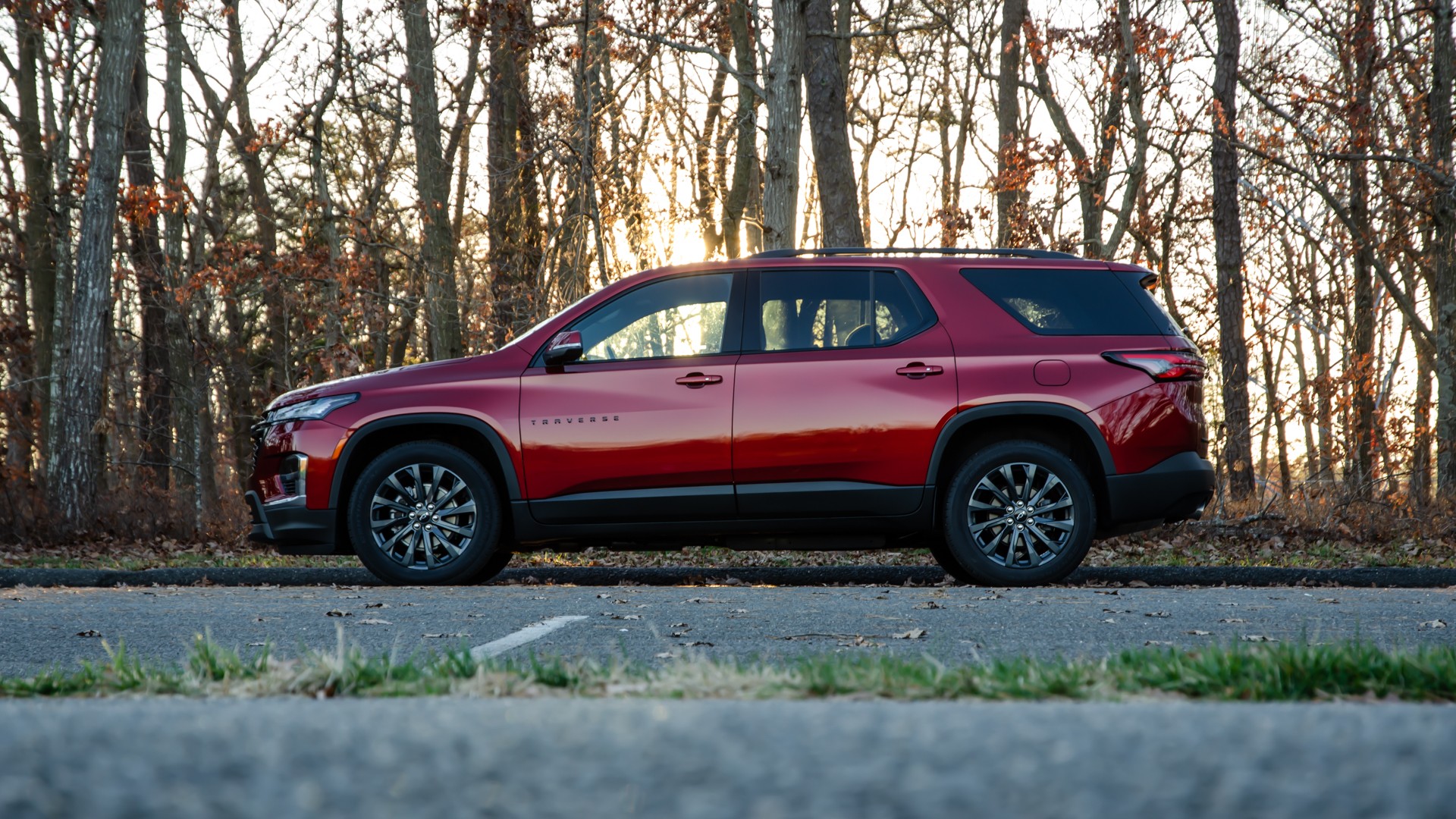
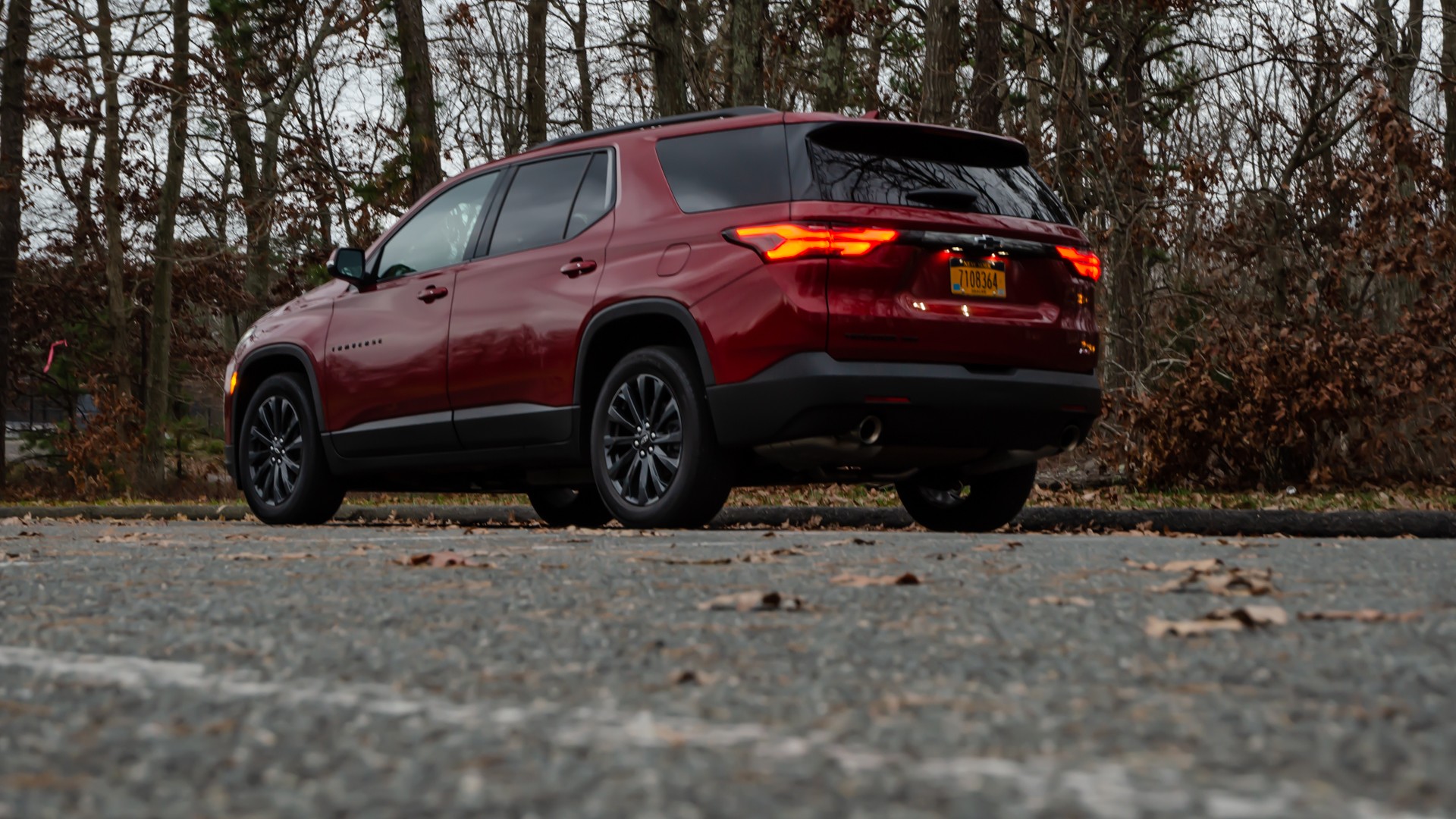
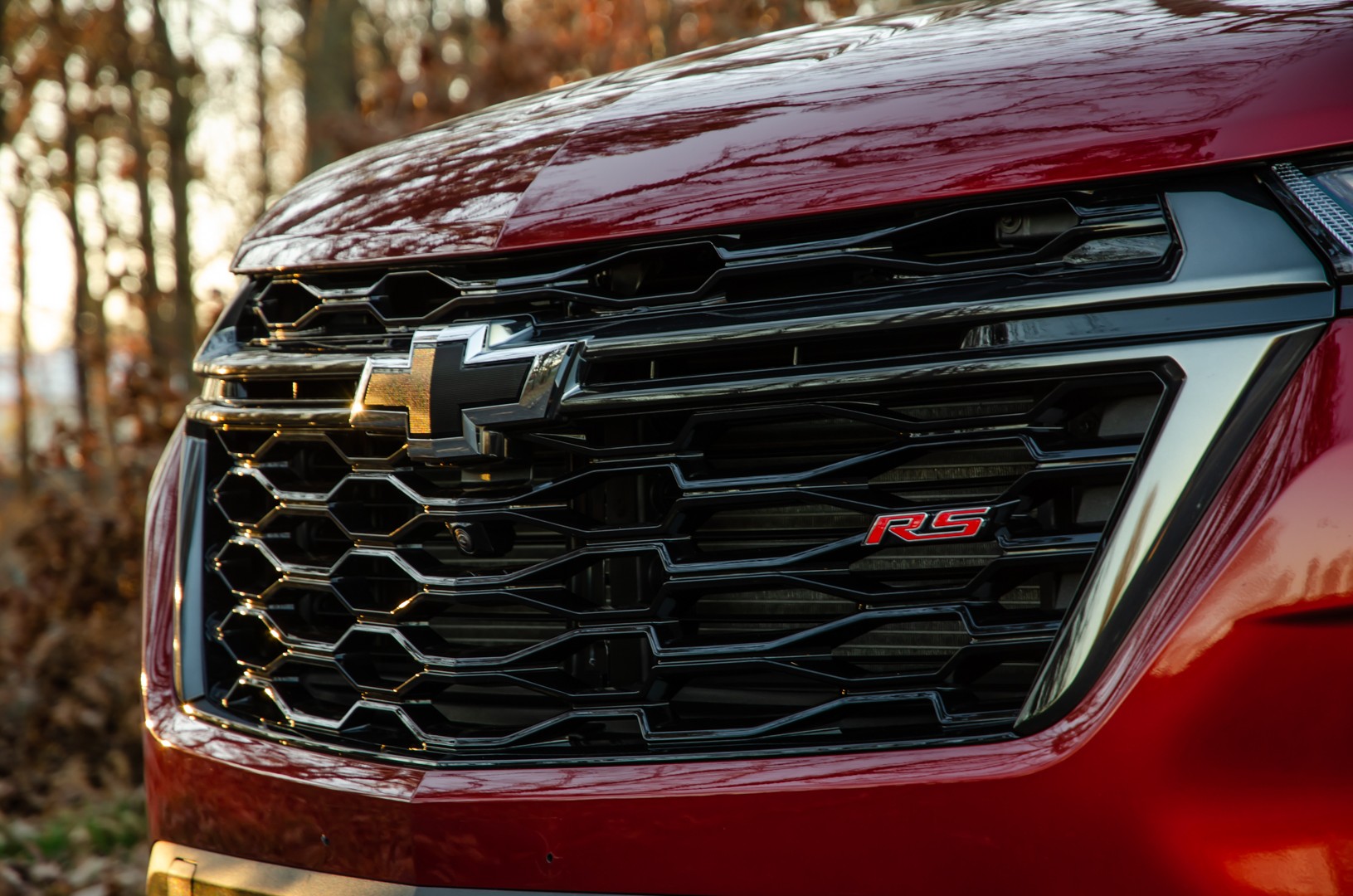
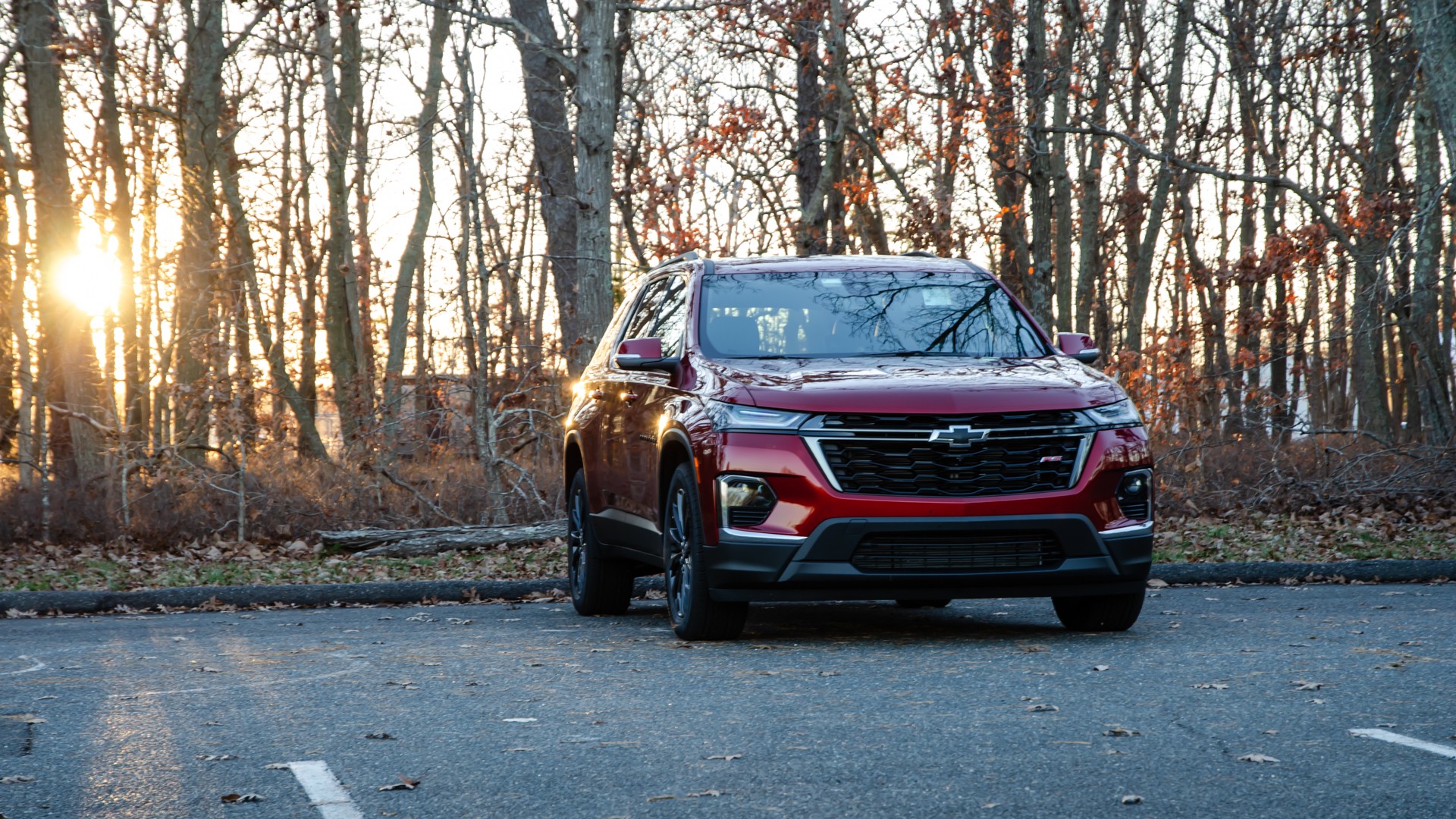
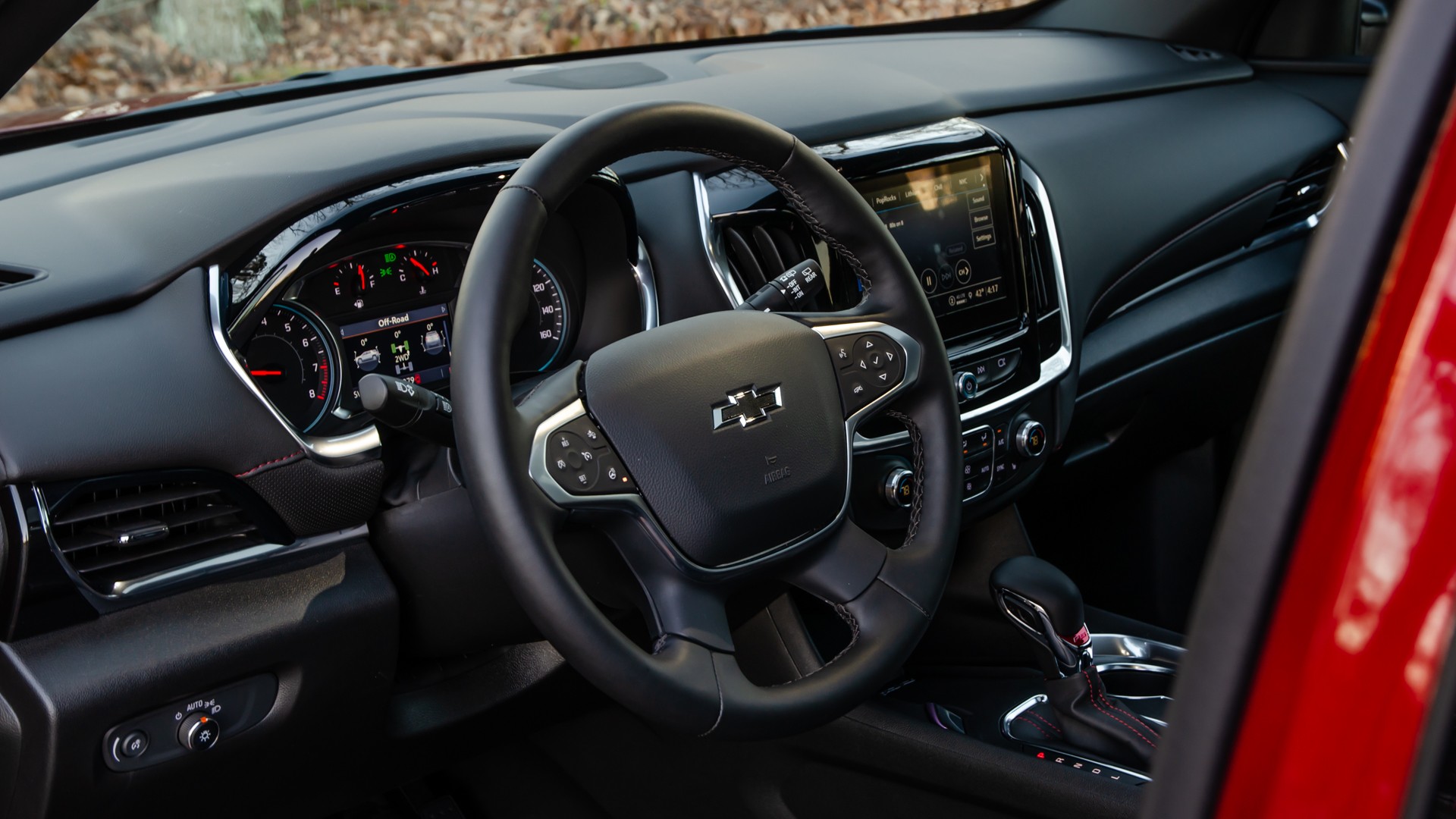
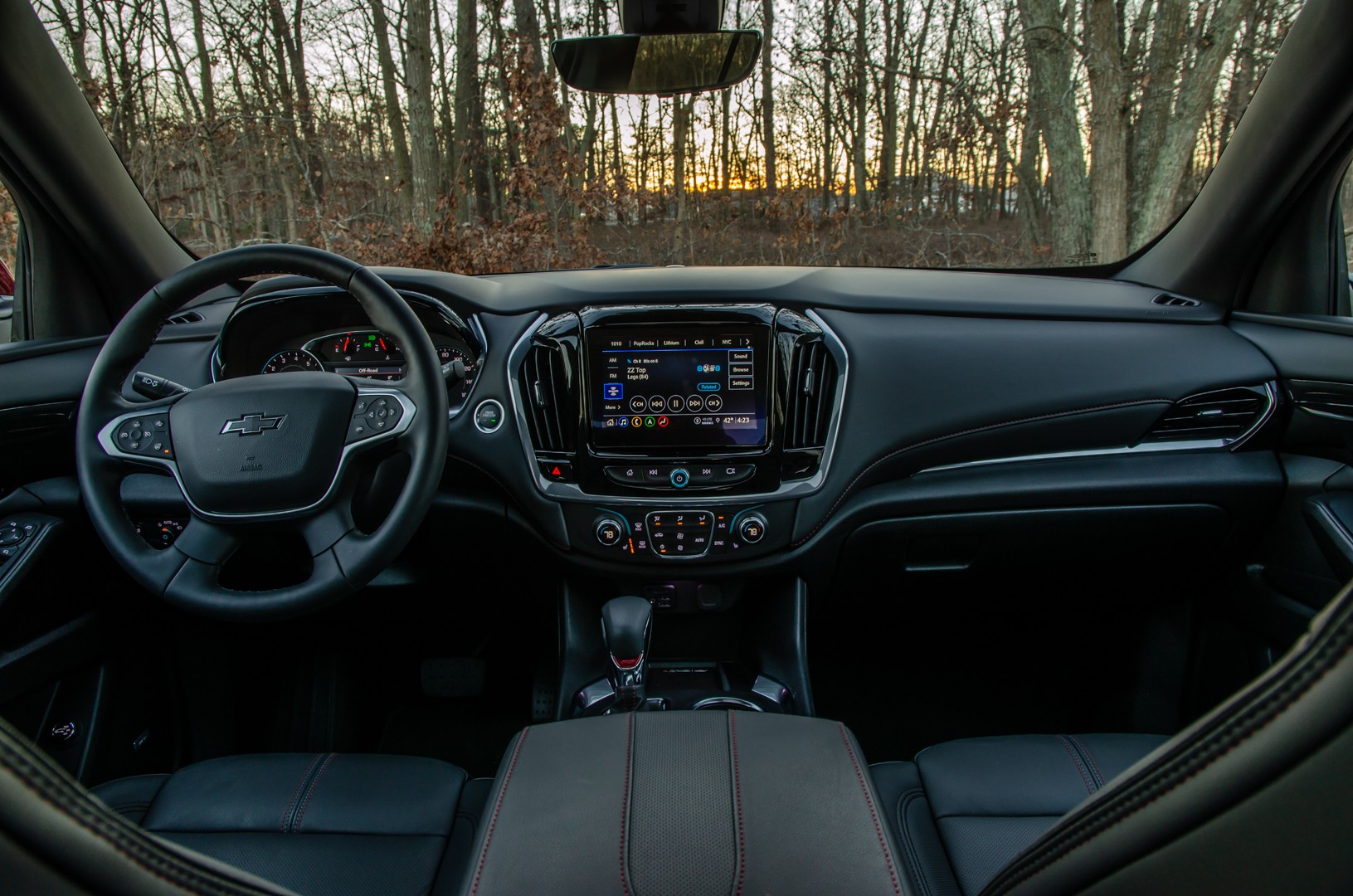
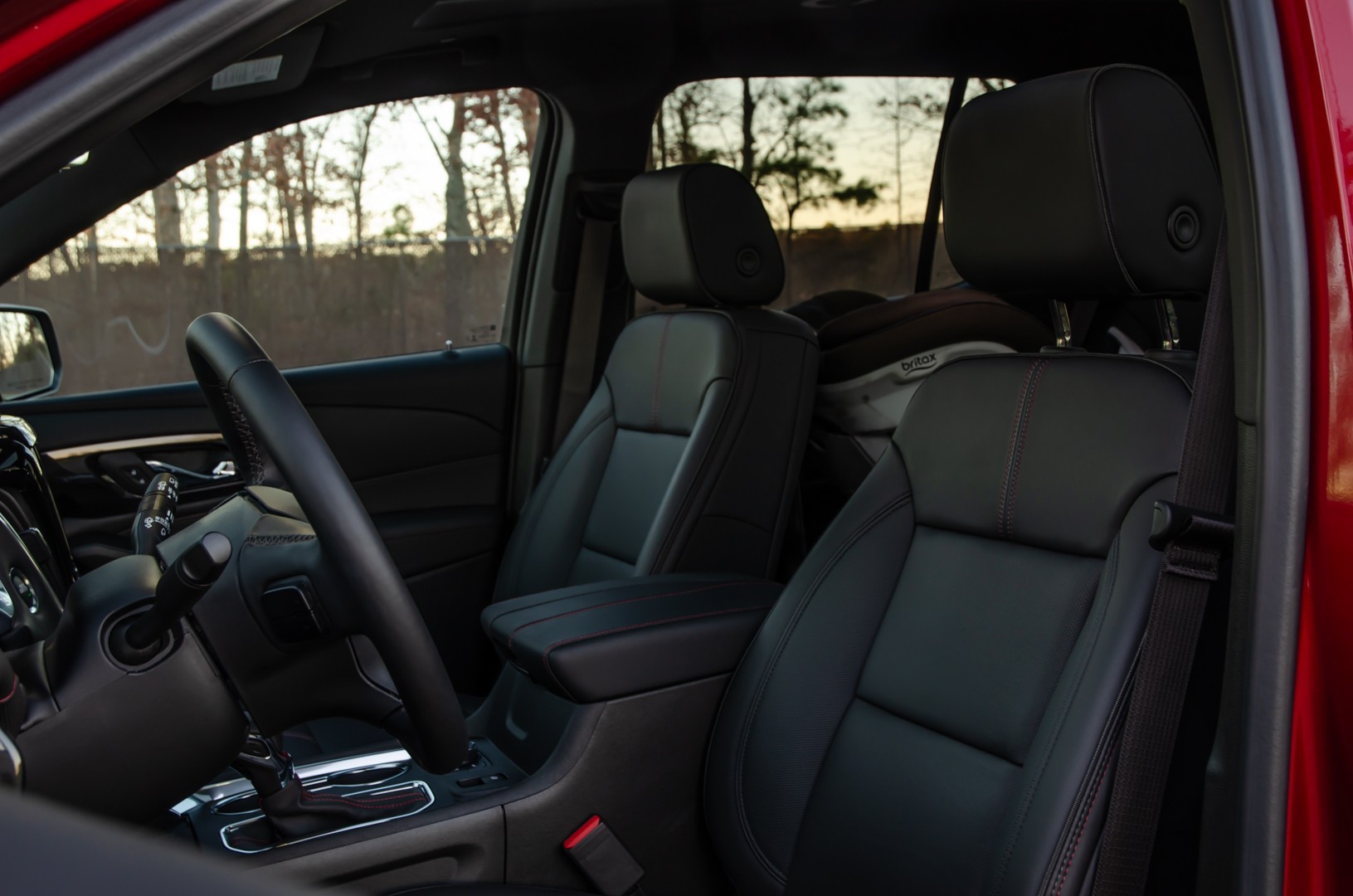
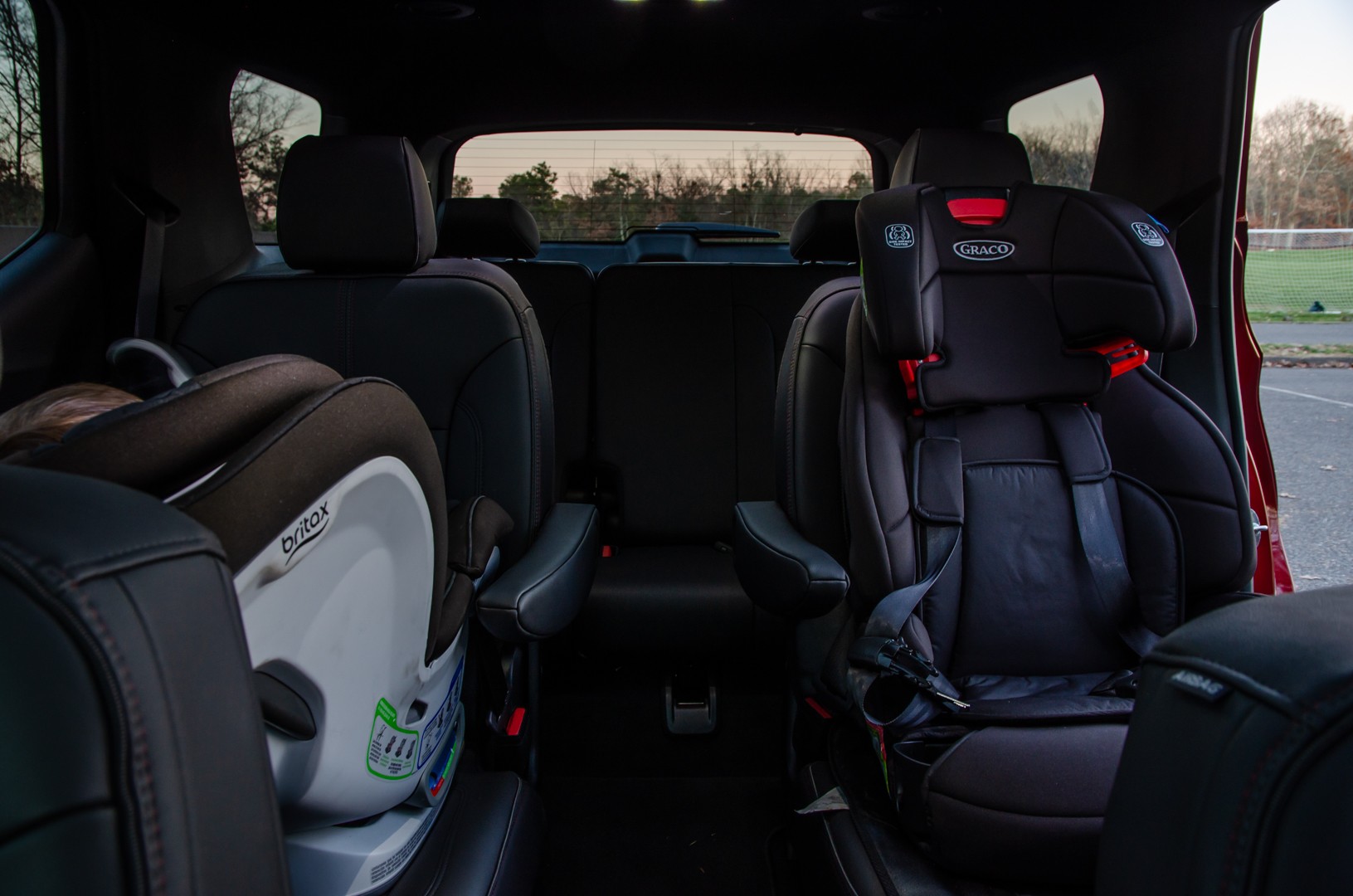
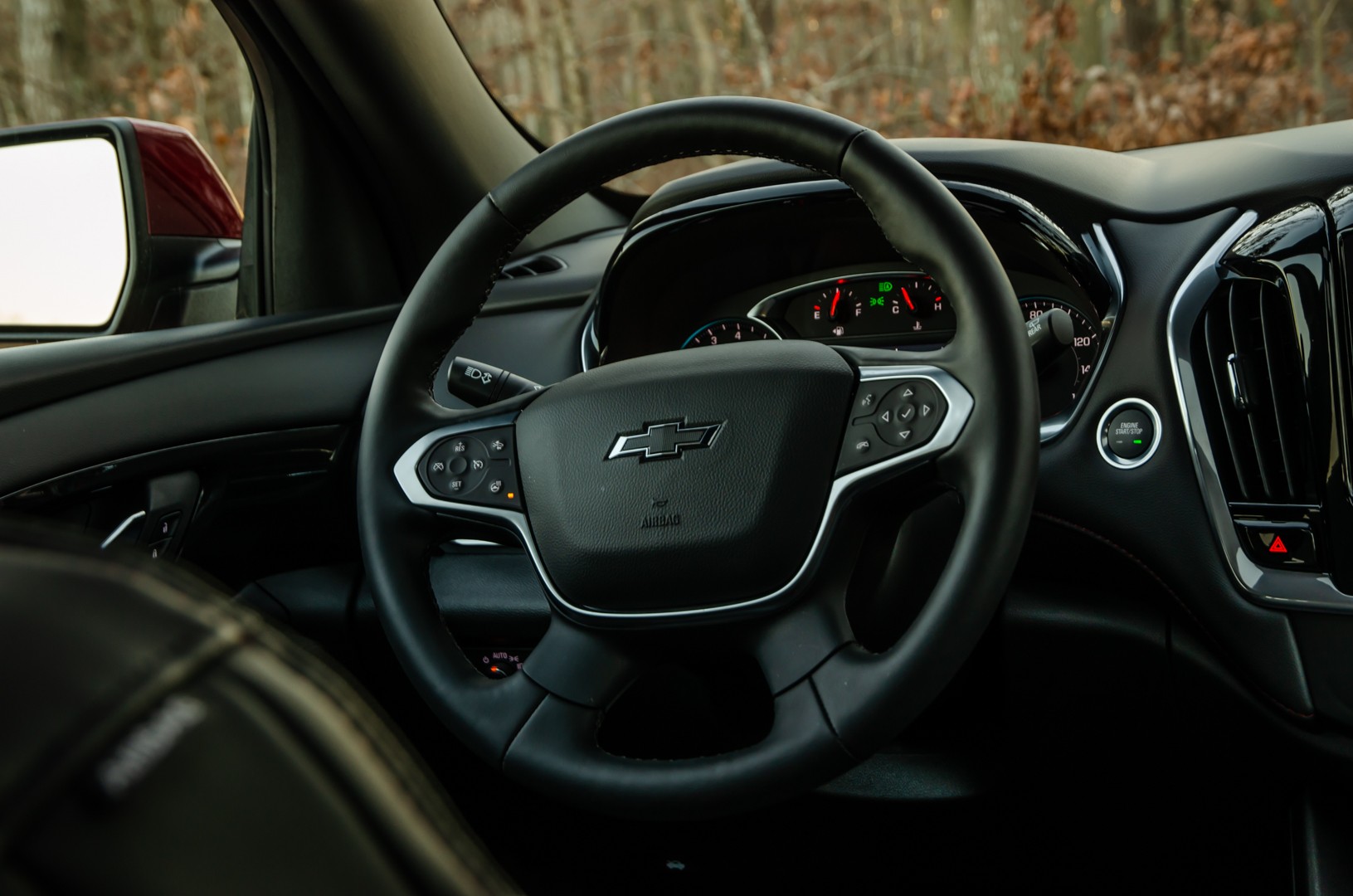
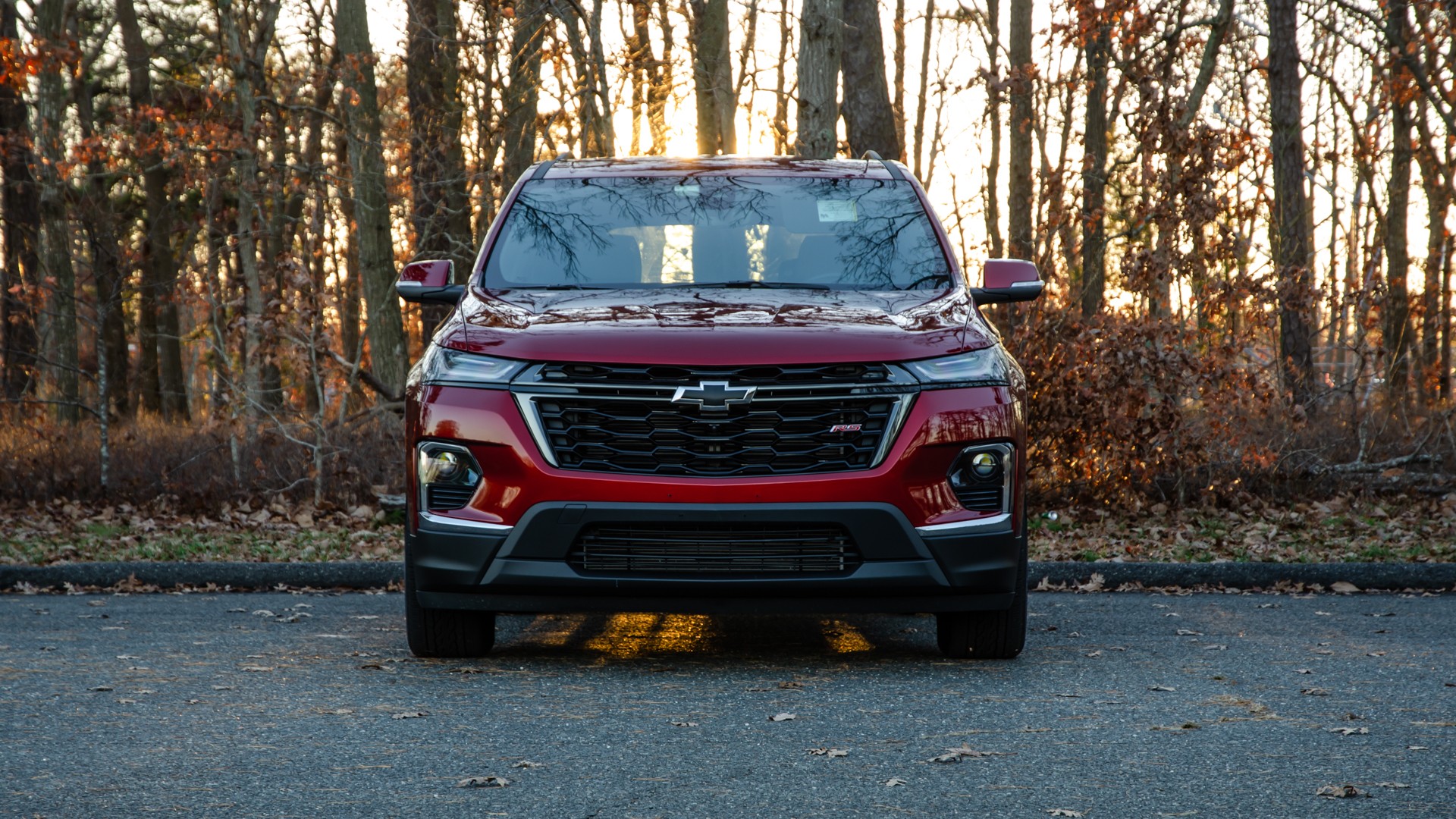

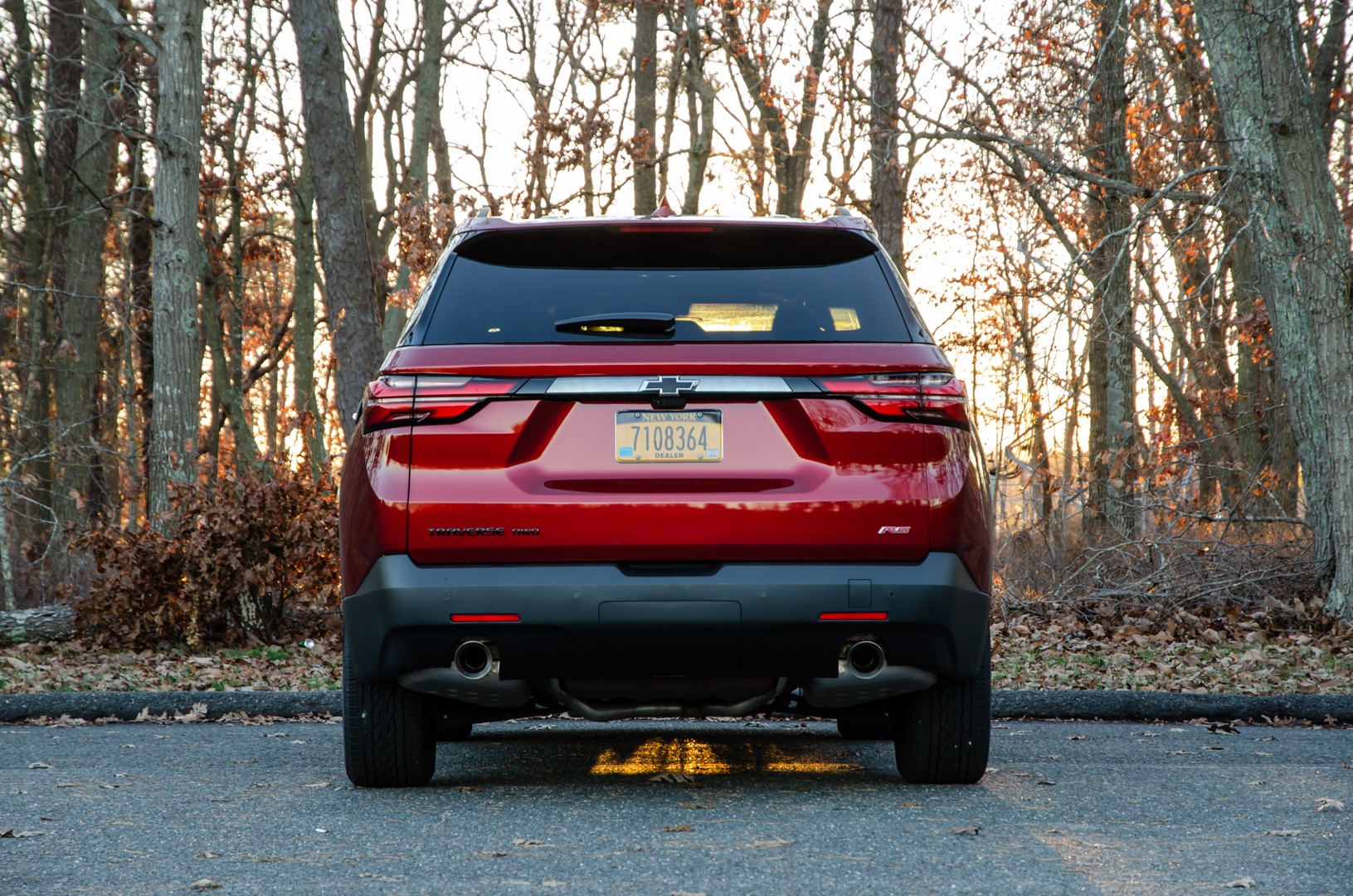
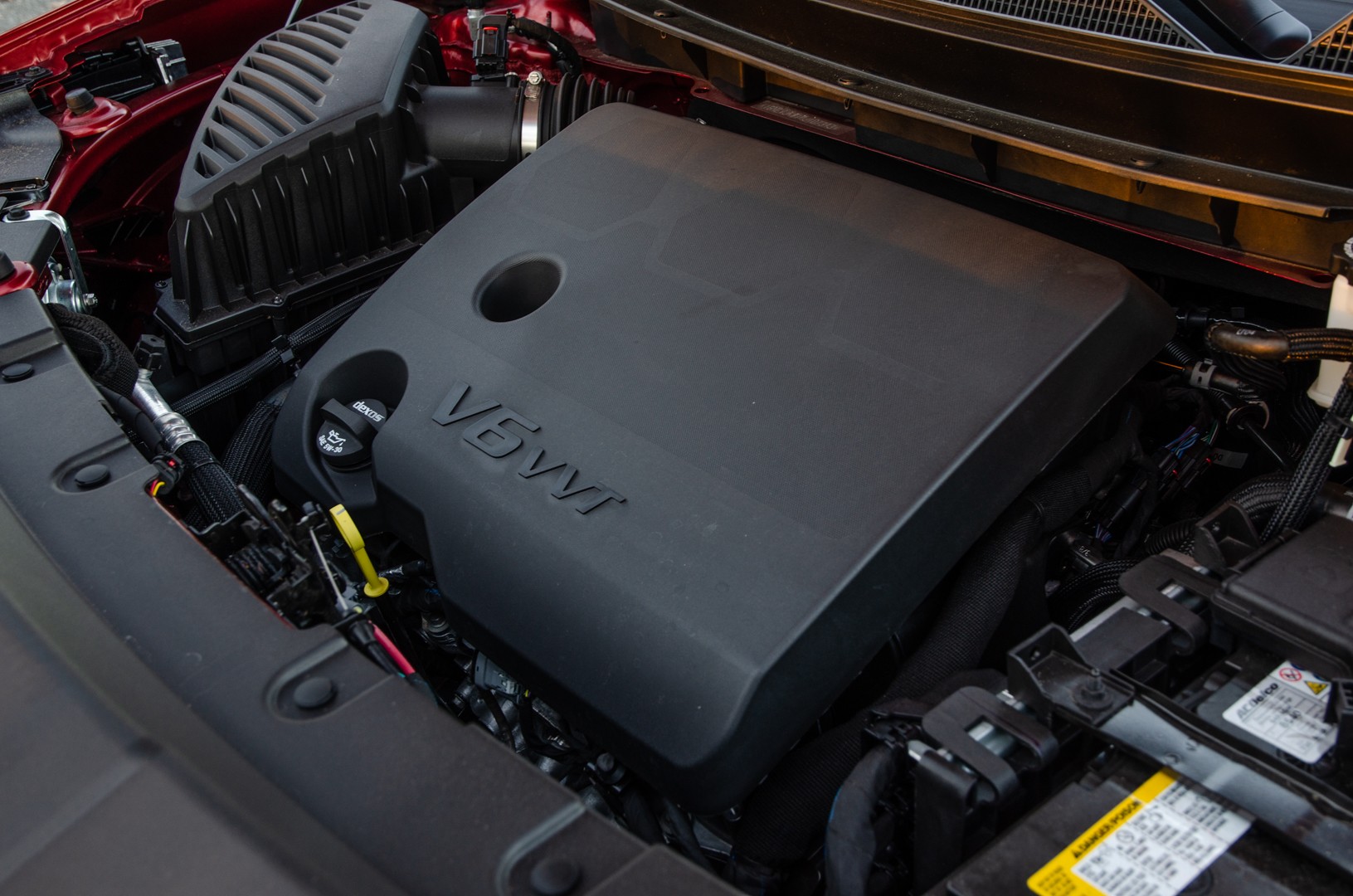

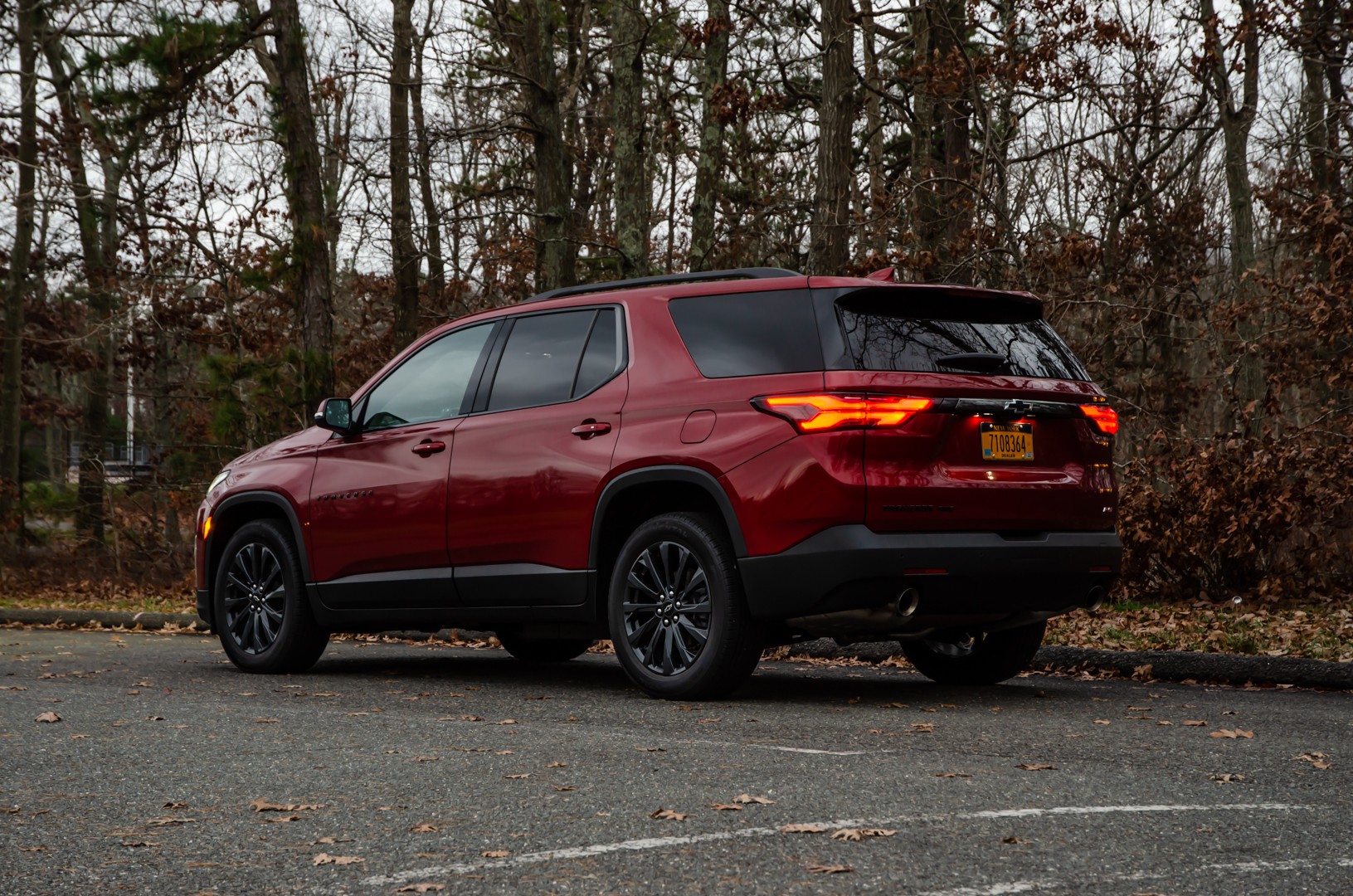
Delving into the Basics of the Traverse RS
The Chevrolet Traverse occupies the full-size, three-row SUV segment in Chevy’s lineup. This second-generation model, launched in 2017 as a 2018 model, builds upon the foundation laid by the original 2009 model. Sharing GM’s C1XX platform with vehicles like the GMC Acadia and Cadillac XT6, the Traverse RS, despite its sporty “RS” badge reminiscent of classic Camaros, is far from a sports car. The RS designation primarily brings cosmetic enhancements – black exterior accents on the badges and window trim, distinctive 20-inch black wheels, and a black interior elevated with red accents. Mechanically, the Traverse RS mirrors other trim levels in the Traverse range.
These visual upgrades significantly enhance the Traverse’s appeal. The standard Traverse often blends into the background of family SUVs with a rather generic design. However, the RS trim’s black wheels and badges inject a dose of personality, particularly when paired with the vibrant Radiant Red paint of the test vehicle. While aesthetics alone can’t completely transform a design, the RS package undoubtedly presents the Traverse in its most attractive form.
Inside the Traverse RS, the interior is exclusively black with red stitching. The overall design is pleasing, if somewhat understated. While some cheaper plastics are present, they are expected in a three-row family SUV in this price range, especially with a fully equipped model priced under $50,000. Ergonomics are a strong point; the abundance of physical buttons for primary controls and the straightforward, easy-to-read physical gauges contribute to a user-friendly environment. Stepping into the Traverse RS creates a sense of ease and functionality. It’s designed to be straightforward and dependable, prioritizing practicality above all else.
Under the hood, the Traverse RS maintains familiarity. It’s powered by the same 3.6-liter naturally aspirated V6 engine found across the Traverse lineup. This engine delivers 310 horsepower and 266 lb-ft of torque, paired with a nine-speed automatic transmission. Front-wheel drive is standard, but the test vehicle included the optional all-wheel-drive system.
Behind the Wheel: Driving the Chevrolet Traverse RS
The driving experience of the Traverse RS defied expectations. Despite its front-wheel-drive architecture and three-row dimensions, the Traverse RS exhibits a composed and confident demeanor on the road. The gear selector engages with a satisfyingly solid feel, and the steering offers a reassuring weight that builds naturally as you turn. Remarkably, body roll is well-controlled for a vehicle of this size and height. It navigates corners with surprising stability, leaving a positive impression of its handling capabilities given its class and price point.
However, this composed handling comes with a trade-off in ride comfort. Despite its generous ground clearance, ample suspension travel, and tall tire sidewalls, the Traverse RS can feel somewhat firm over bumps. While not excessively harsh, it’s noticeable, and passengers might experience some jostling on uneven surfaces. Fortunately, the comfortable and supportive seats help mitigate this, ensuring passenger comfort even on longer journeys. The seats prioritize comfort over sporty bolstering, which actually enhances ease of entry and exit.
The Traverse’s size is undeniable when maneuvering. Thick A-pillars can obstruct forward visibility in corners, and the expansive width of the cabin becomes apparent in tight situations like drive-throughs or narrow parking spaces. Thankfully, standard surround-view parking cameras are invaluable in mitigating these challenges. Without them, parking in confined areas would be significantly more stressful.
The brakes inspire confidence, effectively bringing the large SUV to a halt. The pedal feel is initially soft, but once accustomed to the pedal travel, the braking performance is reassuring and dependable.
The 3.6-liter V6 engine, while lacking turbocharging found in some competitors like the Ford Explorer, provides ample power for moving this seven-seater. The nine-speed automatic transmission operates smoothly and unobtrusively, adapting seamlessly to various driving styles. The Traverse RS embodies a sense of utilitarian luxury – it’s an exceptionally practical SUV designed to simplify daily life.
Highs and Lows of the 2023 Traverse RS
The core appeal of the Traverse lies in its user-friendliness. The spacious interior effortlessly accommodates passengers and cargo, and the abundance of cupholders and storage compartments is a welcome feature for families. Multiple USB ports and charging points ensure devices stay powered, keeping passengers, especially kids, content on long trips.
The second-row captain’s chairs are a standout feature, simplifying car seat installation and access. Their ease of use extends to children, with even a five-year-old able to climb in independently, saving valuable time and effort. Third-row access is also convenient, with second-row seats that fold easily. The third row offers usable space even for average-sized adults, and comfortably fits three children. While adults might find it a bit cramped on extended journeys, it’s perfectly suitable for kids and typical family use.
However, the Traverse RS isn’t without its drawbacks. While the V6 engine delivers adequate power, it lacks refinement and can sound coarse, especially at higher revs. While most drivers may not frequently push the engine to its limits, those seeking spirited performance might find it wanting. Additionally, while the interior is practical, comfortable, and spacious, the design is somewhat bland and may become monotonous over time.
Features, Options, and Competition in the 2023 Chevrolet Traverse RS Segment
The RS trim level of the Traverse is primarily a styling package, but it includes several standard features not found on base models. These include power-folding mirrors, Chevy’s Convenience and Confidence package (upgraded infotainment, heated seats, remote start), a heated steering wheel, and second-row captain’s chairs. The test vehicle was well-equipped without additional options, suggesting the RS trim offers a comprehensive feature set that will satisfy most buyers.
The Chevrolet Traverse RS competes in the highly competitive mid-size SUV segment. Priced around $48,440 to start, it faces rivals such as the Honda Pilot Touring, Jeep Grand Cherokee L Altitude, and Hyundai Palisade Limited. While the Traverse boasts a spacious third row, it’s an older model compared to some competitors and hasn’t received a major refresh in recent years.
Sustainability and Fuel Economy
One area where the Traverse lags behind some competitors is fuel economy. The 3.6-liter V6 is a reliable engine, but its naturally aspirated design results in higher fuel consumption compared to some turbocharged rivals. For example, Toyota’s introduction of a turbocharged four-cylinder in the Highlander improved both torque and fuel efficiency. A similar engine upgrade could benefit the Traverse.
Value and Final Verdict on the 2023 Chevrolet Traverse RS
At around $50,000 for an all-wheel-drive Traverse RS, it represents significant value for money. It comfortably accommodates seven passengers, offers comfortable seating, excellent cabin technology (particularly the surround-view cameras), and handles surprisingly well for its size.
While the 2023 Chevrolet Traverse RS may not be the most stylish SUV in its class, and the ride can be somewhat firm, its overall practicality and user-friendly nature are undeniable. It’s like a comfortable, familiar sweater – reliable, comfortable, and perfectly suited for everyday life. Even for someone initially resistant to SUVs, the Traverse RS demonstrates the undeniable appeal of a vehicle that prioritizes practicality and comfort, making the transition to “grown-up, adult life” just a little bit easier and more enjoyable.